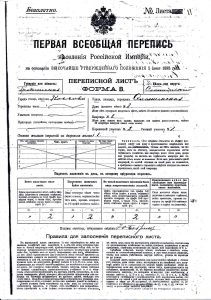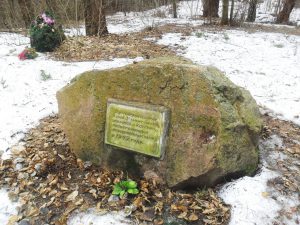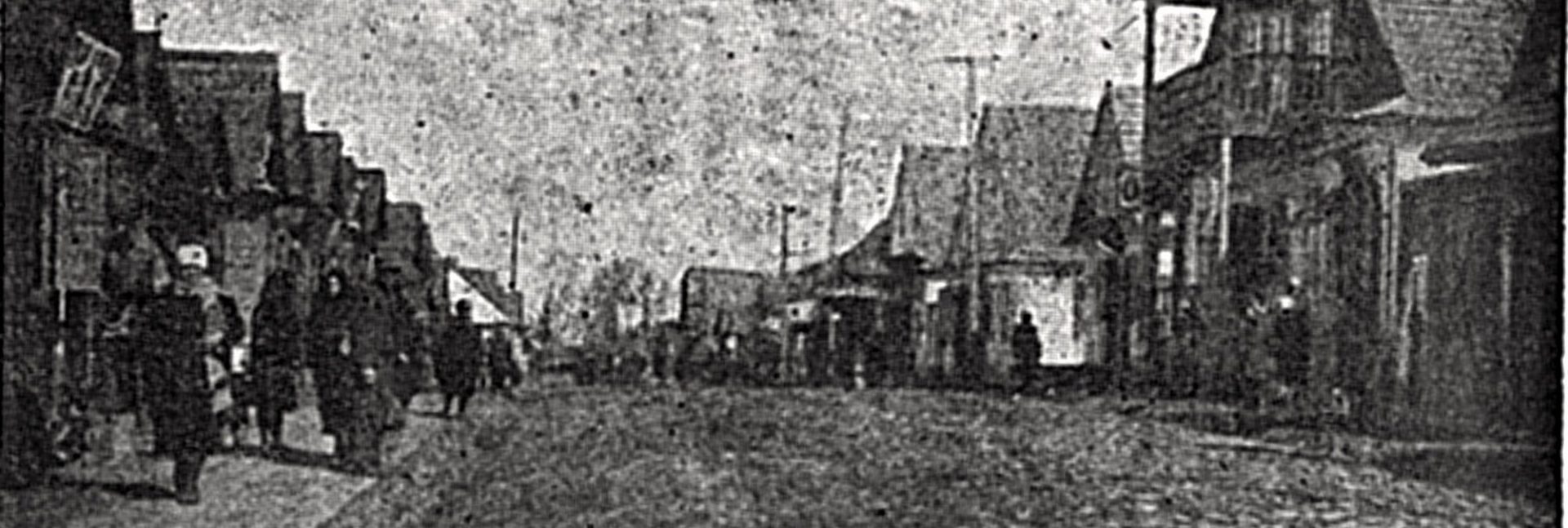Over the course of changing political boundaries, this village was situated in the Russian Empire, Poland, the Soviet Union and today, Belarus. Its name has varied over time and by language. Conforming with the Kehilalinks standard, it is indexed under Kosava, Belarus but on these pages it may also be referenced by one if its historical names (shown in the sidebar along with other relevant facts).
Early History and The Russian Period
The first written reference to Kossovo, (Коссово in Russian), dates to 1494. With the third partition of Poland (1795), the village became part of the Russian Empire. It was located in the western portion of the Pale of Settlement. Jews arrived in the 16th century, engaging in petty commerce and holding small farms.
The Polish national hero Tadeusz Kośziuszko was born in 1746 at the farm at Mereczowszczyzna, just west of Kosava. The village’s ownership passed through various nobility until it came under the jurisdiction of the Puslowski family. In 1838, Count Wandalin Puslowski began construction of a large palace.

Census records from the 19th century show that Kossovo consistently had a population with Jews being the majority of the population. In 1830: 408 of the 578 residents were Jewish. In 1847, 985 Jews were living here — there was no count taken of the total population. By 1878: 1,279 Jews from a total population of 2,030. The 1895 census of the Russian Empire reported a population of 3,092 of which 2,028 were Jews.
Only at the end of World War I did an independent Poland exist again. Land that had been part of the Austro-Hungarian Empire, the German Empire and the Russian Empire became part of Poland, however the area that included Kossovo was still not part of that reconstituted Poland: it remained part of the new Soviet Union at the outbreak of the Polish-Soviet War.
The Interwar Period
Following the conclusion of the Polish-Soviet War in March 1921, the borders of what are today’s Belarus and Ukraine were defined by the Treaty of Riga. Poland’s control of the area was settled for the time being and as the transition from Soviet to Polish control took place, the names of both people and places changed. Kossovo became Kosów Poleski. There were other villages with the name Kosów (pronounced KOS-soov) in a other administrative areas of Poland. This one fell in the Polesie Voivodeship (governorate). The name Kosów Poleski was a clarification as to which Kosów the name referred. In that year, 1921, the population was 2,433; 1,473 were Jews.
With the passage of the Immigration Act of 1924, immigration to the United States was virtually cut off, but migration, primarily to Argentina and Palestine, continued. There were many active Zionist and aid organizations in Kosów Poleski including a Tarbut school, the Committee for Aid to Orphans, Linas Tsedek, Jewish National Fund and others. Other social support came from a provident fund. Click on any of the following to enlarge the image with caption.
World War II
During June 1941 the area of Kosów Poleski was surrounded by German-controlled territory and on July 1, 1941 the Germans took over the city. The Germans demanded valuables from the Jews, formed a Judenrat and demanded that Jews wear yellow stars. The Germans began to concentrate the Jewish population from the nearby towns into Kosów Poleski. As a result, the Jewish population swelled to over 2,000. Three hundred Jewish workers were dispatched to Slonim (42km/26mi to the north) to labor on a roadwork project.
In June 1942, three ghettos were formed in Kosów Poleski: one for skilled workers and their families, another for the old and infirm, and a third for the families of those working in Slonim and other labor camps. On July 19, 1942 the Jews were no longer allowed to leave the ghettos. On July 25, 1942 almost all the Jews were slaughtered and their bodies were dumped into pits near the Puslowski castle. The pits were left uncovered for several days until locals were ordered to cover the bodies.
The Nazis spared 31 of the Jews, all of whom were tradesmen (tailors, shoemakers and the like) who were transferred to a series of labor camps. Only one of them survived, the rest succumbing to disease or being murdered at the hands of the Germans.

There are many more details recorded of the Holocaust’s impact on Kosów Poleski. The Memorial Book of Kosów Poleski recounts the story told by the single surviving craftsman who witnessed the slaughter. Refer to the Holocaust page of this microsite for a more detailed summary of the events.
Following World War II
The Soviet Union took control of this area and the town was again called Kossovo (Коссовo in Cyrillic) or in the Belarusian language, Kosava (Косава). It was part of the Byelorussian Soviet Socialist Republic. In 1958 a school and schoolyard was built on the site of a Jewish cemetery, leaving no trace that a cemetery had been there. In another area where there was no Jewish cemetery recorded there are a few Jewish headstones, all lying flat and showing signs of vandalism.
With the dissolution of the Soviet Union, Belarus became an independent nation in 1991. The town’s name is now Kosava, Belarus. The population in 2017 is 1,844 people. No Jews live there. There are no synagogues nor remnants of the four that existed before the Holocaust.
